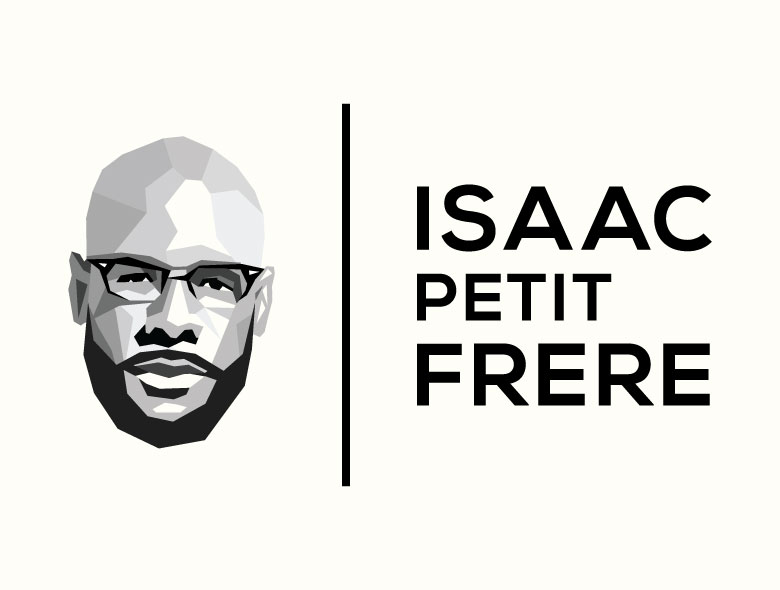Spellbrand Blog
Fluff Is Your Brand Message Killer (With Examples)

Time and again I see so much fluff in brand messages and it really ticks me off! Fluff is nothing but stating the obvious but using copious amounts of buzzwords and technical jargon. These fluffy brand messages pretend to showcase expertise, experience and skill. But do they really?
I will list a few examples of “fluffy” brand messages, then talk about how to identify fluff in your own strategy or messaging, add a few thoughts on why fluff is your brand message killer and how to avoid fluff and build robust messages and then finally conclude with a few examples of “great” brand messages.
So what is fluff? Urban dictionary defines it as:
“Something vacuous, such as a verbal statement, without any particular meaning or value. Irrelevant details that may cloud the issue of main concern.”
Examples Of Fluff
Here is a quick example to open my argument from McDonald’s mission statement:
 “McDonald’s brand mission is to be our customers’ favorite place and way to eat and drink. Our worldwide operations are aligned around a global strategy called the Plan to Win, which center on an exceptional customer experience – People, Products, Place, Price and Promotion. We are committed to continuously improving our operations and enhancing our customers’ experience.”
“McDonald’s brand mission is to be our customers’ favorite place and way to eat and drink. Our worldwide operations are aligned around a global strategy called the Plan to Win, which center on an exceptional customer experience – People, Products, Place, Price and Promotion. We are committed to continuously improving our operations and enhancing our customers’ experience.”
Can you spot the fluff? McDonald’s claims that it’s global strategy is called “Plan to Win” which is nothing but doing some thing that is obvious and things that are part of any chain of fast food restaurants. With out people to sell their products to at any given place and at an affordable price supported by their marketing and promotion, they would not have a business. So how can this be a “global strategy”?
Another diabolic example of fluff in both strategy and messaging is from Barnes & Noble’s mission statement:
“Our mission is to operate the best specialty retail business in America, regardless of the product we sell. Because the product we sell is books, our aspirations must be consistent with the promise and the ideals of the volumes which line our shelves. To say that our mission exists independent of the product we sell is to demean the importance and the distinction of being booksellers.As booksellers we are determined to be the very best in our business, regardless of the size, pedigree or inclinations of our competitors. We will continue to bring our industry nuances of style and approaches to bookselling which are consistent with our evolving aspirations.”
To start off with, this mission statement and brand message sounds and feels so unsure and hints at insecurity on part of the brand. Why does Barnes & Noble want to be the “best speciality retail business” instead of being the “best bookstore”? Secondly, what do they mean by their aspirations being consistent with the ideals of the books that they sell? It is obvious that they sell all sorts of books on a variety of fiction and non-fiction topics. So how are they going to align with the ideals of all the books, their authors, their publishers etc?
Then comes the kicker – Barnes & Noble is worried about the size and pedigree of their competitors (I would assume Amazon) and includes that insecurity in their mission statement. Finally there is some fluff about “industry nuances” that are consistent with their “evolving aspirations”!
One final example to drive my point home is from General Motors (GM):
“G.M. is a multinational corporation engaged in socially responsible operations, worldwide. It is dedicated to provide products and services of such quality that our customers will receive superior value while our employees and business partners will share in our success and our stockholders will receive a sustained superior return on their investment.”
What is going on? What does GM stand for? What does it do? I thought they built automobiles. Is that the same as “socially responsible operations”? Furthermore GM says that they create high quality products which are superior value to their customers. Nice. But is that really a robust brand message? High quality and high value is expected by default. It is not something a great company like GM should be aspiring to or to be boasting about!
This missions statement is long, fluffy and frankly quite embarrassing!
How to recognize fluff in your strategy or message?
Conduct a thorough brand audit of your strategy and messaging to help you identify fluff. Ask yourself these questions about your brand message, mission statement, vision statement, brand story etc:
1. Is the message simple and uses the language that your target audience would understand and use in their world view?
Simplicity should be at the core of your messaging. Do not try to stuff your messages with pretentious words in the mistaken belief that your target audience would be impressed and would assume the best about your brand. The language you should be what your target audience uses and understand in their daily lives.
For example, if your messages has these words “evolving aspirations”, would your customers or prospects understand what that is?
2. Does your message communicate the “why”?
Your message should talk about “why” your brand exists and not simply an explanation of “what” your brand does. The latter is important but with out the former, your message lacks the “emotional stir” that is crucial for your message to make an impact.
For example, simply stating that you create “high quality” products and are the best in your industry and a “global leader” etc is simply fluff. There should be something about “why” your brand exists!
3. Is it concise, to the point and powerful?
Here I am talking about mission statements. They should be precise with no extraneous words and fluffy jargon. They should be to the point even if they do not sound sexy. The purpose of your brand message is NOT to be sexy but rather to be understood properly and create an impact. It is about your brand controlling the conversation and the context.
4. Does your brand sound confident in it’s messaging?
Do not let any securities come through in your brand messaging. Some brands think that by acknowledging their weakness and the perceived greatness of their rivals, they are come across as an honest and transparent company and that people would appreciate their aspirations to be better. But this is rarely the case. Most often the brand comes across as insecure and weak.
I am not talking about arrogance in your messaging and claiming to be industry leaders when you are not. That would be fluff again. No, I am referring to your messaging talking about why your brand exists and how it can help the prospect.
5. Is your brand message generic and vague?
Most mission and vision statements out there are quite generic and vague. This happens because most brands want to be many things to many people. They do not want to narrow down their focus in case they put off a section of the audience. This leads them to create statements that are very vague, perhaps hinting at a “global leadership” kind of scenario and perhaps even showcasing how they are “superior” by virtue of the use of high sounding abstract words.
Examples of great brand messages
I would like to conclude this article with a few examples of good to great mission and vision statements.
 eBay:
eBay:
“At eBay, our mission is to provide a global online marketplace where practically anyone can trade practically anything, enabling economic opportunity around the world.”
This message is concise, truthful and fluff free. It tells us why eBay exists, what it does and how it can benefit you.
 Google:
Google:
“Organize the world’s information and make it universally accessible and useful.”
Again a simple and powerful statement that puts Google’s vision into perspective.
 Walt Disney:
Walt Disney:
“We create happiness by providing the finest in entertainment for people of all ages, everywhere.”
Disney is not just about creating cartoons and films or selling merchandize at their theme parks. It is about creating happiness through entertainment!
I hope I have given you some idea on what fluff in brand messages is all about and how, if unchecked, could kill your brand messaging. This a very deep topic and I acknowledge that this article may just be scratching the surface. But hopefully it enables you to start thinking about the topic and lead you to research and gain more knowledge about crafting the right kind of messages for your business or company.

Mash Bonigala
Creative Director & Brand Strategist
With 25+ years of building brands all around the world, Mash brings a keen insight and strategic thought process to the science of brand building. He has created brand strategies and competitive positioning stories that translate into powerful and stunning visual identities for all sizes of companies.
Featured Work
See Our Work in Action
Real brands, real results. Explore how we've helped businesses transform their identity.
Client Love
What Our Clients Say
Don't just take our word for it. Hear from the brands we've worked with.
Christian Nocera
Dapper Yankee
"Delighted to have used Spellbrand for our last project. The work was thorough and results excellent. For me it was such a pleasure to work with Mash who was able to keep up with all my last minute requests for small changes. Nothing was too much of a problem and I would have to say that its great to work with people who do actually put the customer needs first! One thing saying it, its another thing doing it – Thanks Mash!"
Ernest Bannister
M.O.R.E
"My experience with the Spell brand team has been nothing short of excellent. From the beginning Mash and team made me feel very comfortable with the design process. I am extremely happy with the results of my design and look forward to working with Spellbrand; exclusively! I have told many family, friends and peers about the great work the Spellbrand team has done in creating my design. Thanks again for all your patience and professionalism; I look forward to working with you in the future."
Related Services You Might Love
Based on what you just read, here are services that can help you achieve similar results for your brand.
Keep Reading
Related Articles
Nov 19, 2025
What are paths and anchor points in Adobe Illustrator?
Master the fundamentals of paths and anchor points in Adobe Illustrator. Discover expert strategies and insights to help your business succeed.
Read MoreNov 17, 2025
Use Of Color In Creating Logo Designs
Master the psychology of color in logo design.
Read MoreNov 17, 2025
Developing a Jewelry Logo
Learn how to create a jewelry logo that captures elegance and sophistication. Discover expert strategies and insights to help your business succeed.
Read More

